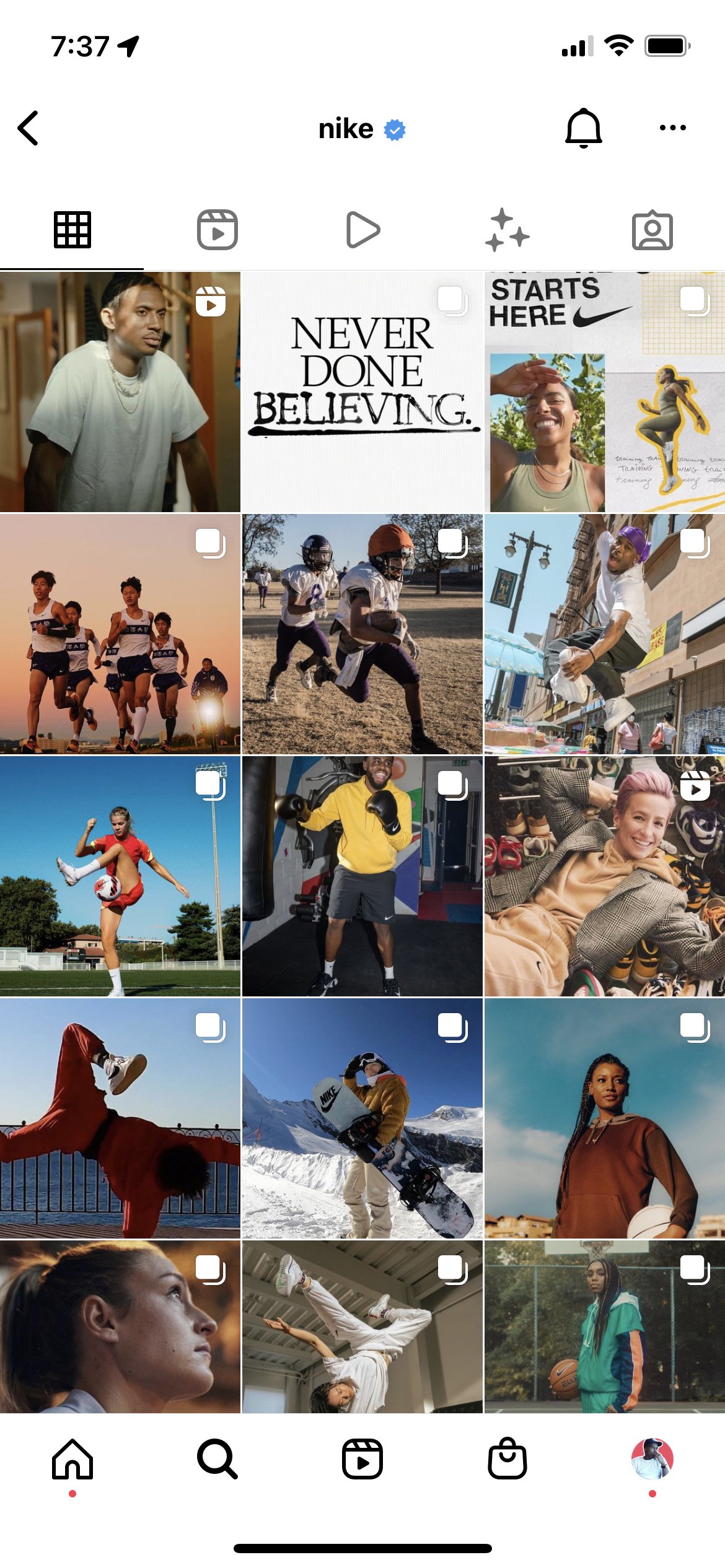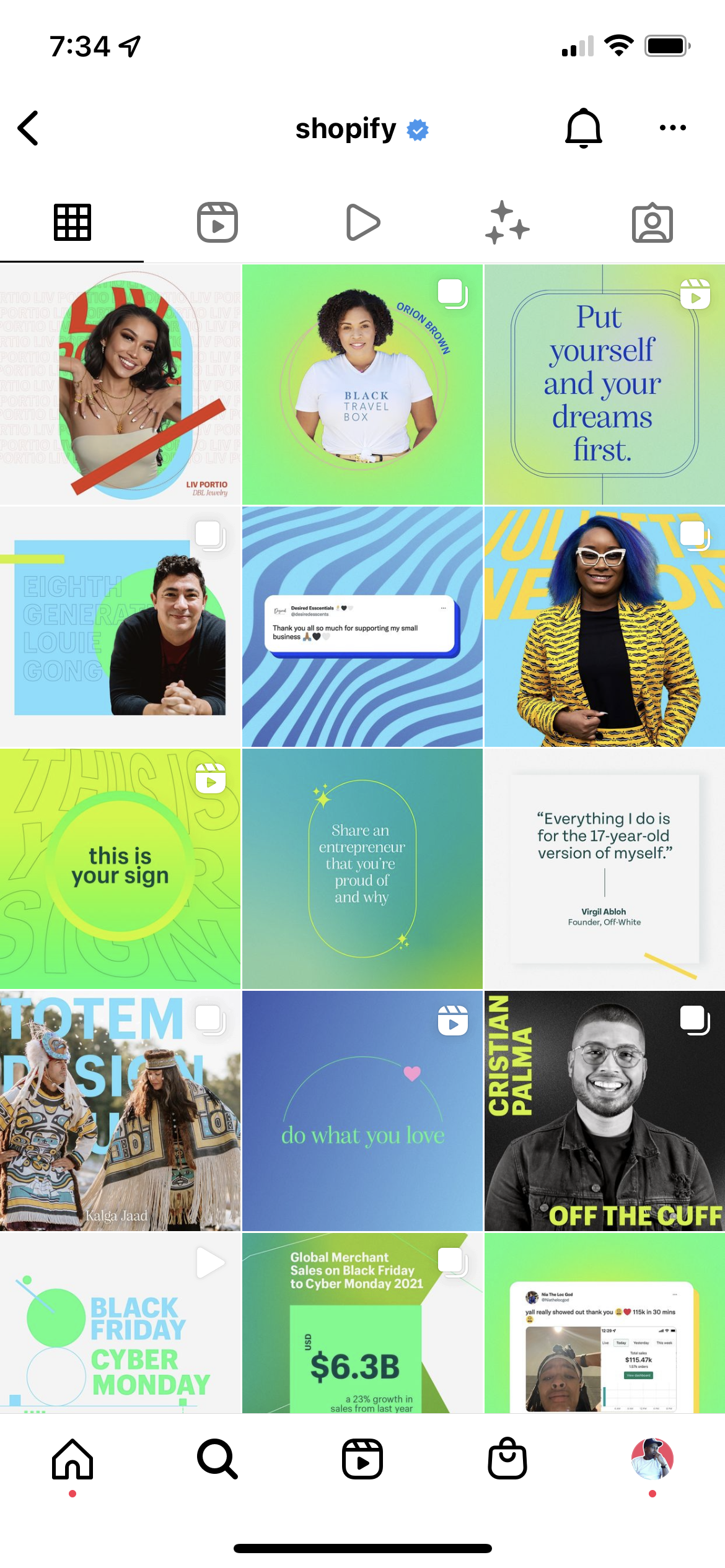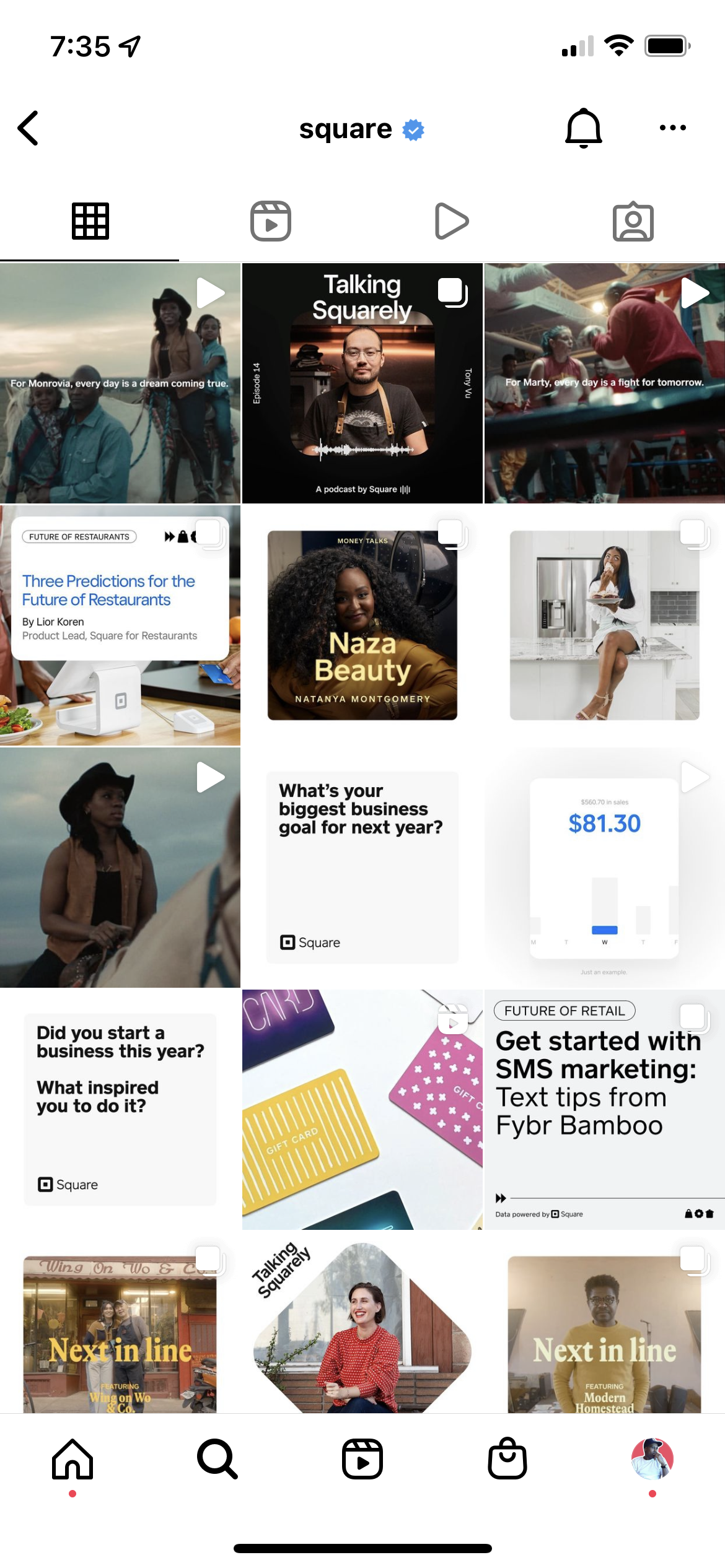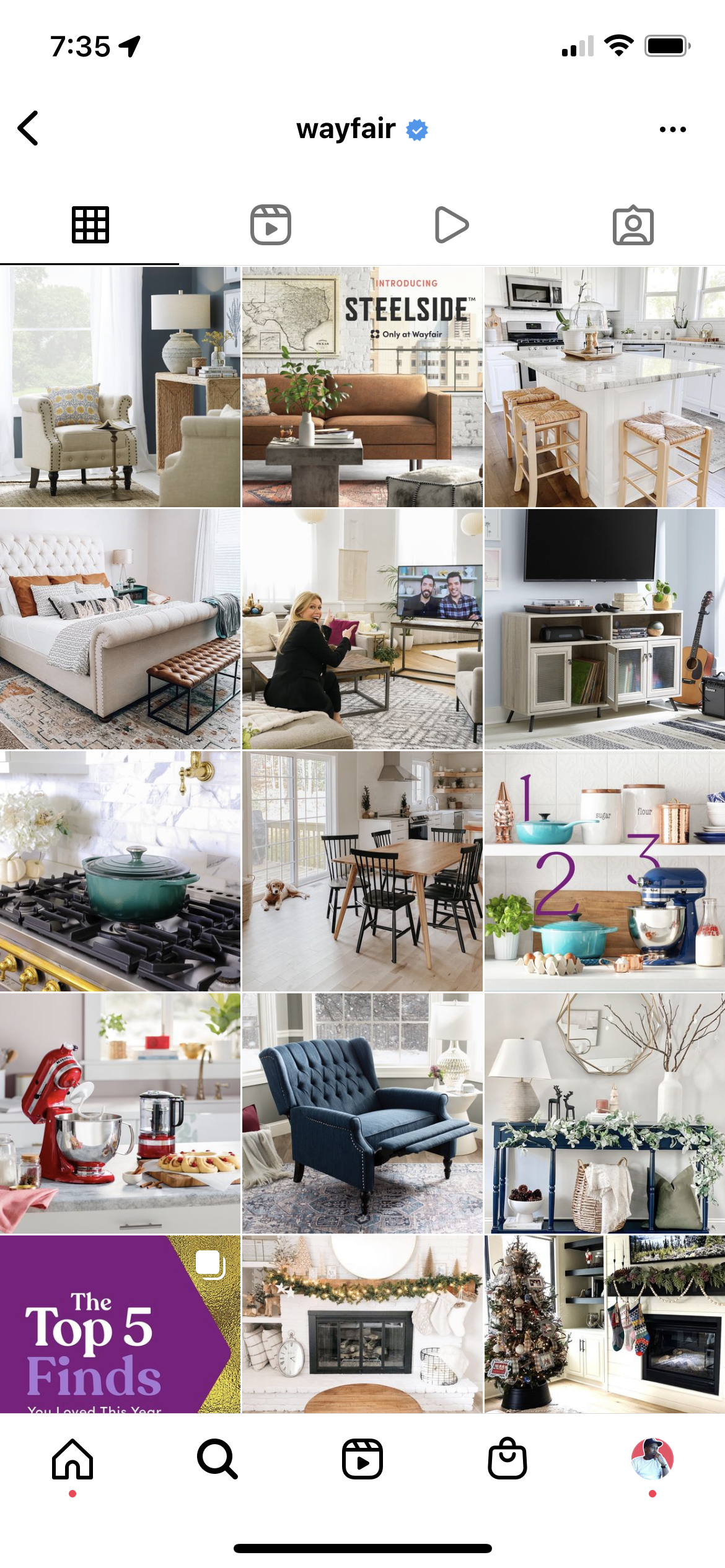What exists at the intersection of content, creativity & commerce?
If you're reading this, chances are you came across this article on LinkedIn, Facebook, or have come directly to my blog. If you came in via social media, there's likely some type of expressibility (self-expression, brands, channels) all jostling for your attention in the same feed. That original content or User Generated Content (UGC) gets a sprinkle of creativity which makes it original and engaging. However, there's a third component that can be very subtle or very direct depending on the medium. I'm speaking of commerce and the ability to purchase or subscribe to something directly from your social feed. The most powerful experiences on social media contain all three of these ingredients; content, creativity & commerce.
Let's take a deeper dive into this unique combination, a few brands that are doing it well, and what the future holds.
The role technology plays
Something incredible happens when content commerce and creativity come together and how technology enables all three of these elements to work seamlessly. There are a few technology platforms today which enable this to happen Adobe Commerce is one of those platforms. The thing I like about Adobe is that they have a suite of tools that allow brands to create, measure, optimize, deliver and engage. Adobe has a few competitors both in the enterprise space and in the non-enterprise space as well. These competitors are Salesforce, NetSuite Shopify, and Woo Commerce among others. However, the advantage that Adobe has is that they have a contact management system in Adobe Experience Manager (AEM) which is at the core of their marketing suite. AEM allows them to tap into content and commerce within one fell swoop the other advantage Adobe has in this area is that they have creativity covered as well with Adobe XD and Photoshop
Brands who are doing it well
On social media, a constant cat and mouse game is being played between brands, influencers, and average Joes. The game is one where engagement (likes, shares, comments) is the main prize. If you look closely brands tend to lead with a certain type of narrative, typically an edited version of a 30 or 15-second commercial spot made just for social, a still image, or a witty video. Brands are constrained by the perception of their brand and the vertical space within which they play. For example, it would be a bit weird if a brand that sells caffeinated drinks started to put out content about sneakers, or would it...? Unless the brand was taking a chance and being bold (more on that later). For now, let's just say brands know their lane and they stay within it. Influencers on the other hand are like mini powerhouse brands themselves and like the Jay-Z song says, "I'm not a businessman, I'm a business, man!" Influencers know they can create whatever narrative they wish, sell whatever they want, and recruit followers using any tactic they feel like. So, it's only natural that brands and influencers go together like peanut butter and jelly. Influencers are the red hair, face tat having, cool as shit, the life of the party that brands can't be. Average joes nonetheless are far from brands and influencers, they're well, average. However, there are some average joes with quite impressive followings who create engaging content using a variety of creative methods; humor, storytelling, polling, how-to videos, reaction videos etc...
Now, the brands who are doing content, creativity, and commerce really well, take their cues from Influencers, average joes, and other brands. Here's just a few:
Nike
Keeping the players, athletes, teams, and its audience front and center, Nike makes the consumer the hero of the stories they tell. Instagram, especially, is where Nike shines – sharing inspiring images and videos of people working hard to achieve their goals and dreams. Nike uses Facebook primarily for larger campaigns. On Twitter, they focus on communicating with their audience and addressing pressing concerns. Nike ties in commerce seamlessly by showcasing its products in context.
Shopify
Using social media, Shopify shares insights and educational content via video on YouTube and Facebook. Their social media posts are bright, colorful, fun, and uplifting. They also publicly stand for social and environmental issues to incorporate meaning into their business and to connect with consumers on a deeper level.
Linking to landing pages from social media, Shopify effectively generates new leads and grows its customer base. Try using written and video content to educate and entertain your target audience in a similar manner so your business can do the same.
Square
Square makes it easy for all kinds of businesses to accept credit card payments on mobile devices. Instead of tooting their own horn, however, Square does an outstanding job of focusing on their clients first and showing their followers how much they care about them. Using social media, the company highlights customer businesses and real people sharing their experiences using Square’s products.
Wayfair
The popular home décor company uses social media to showcase and sell products to customers online. On Instagram, Wayfair shares tips, ideas, and inspiration using photography and infographics. They also host giveaways to boost engagement. Wayfair’s videos show consumers different ways to decorate and update various parts of the home – featuring their own products, of course.
Consumers can easily shop and buy online using Instagram’s convenient shopping features. If you spot something you love, you can easily view the price, click on the item to land directly on Wayfair’s website, and make your purchase.
What the future holds for content, creativity & commerce
If the present is any indication of things to come, the future will be defined by striking a balance between paid influencers and genuine content. Additionally, commerce will be embedded into the experience natively without giving it much thought. We'll be able to shop while consuming content and not taken out of the core content experience. Technologies such as Ultra Wideband 5G, AR, Mobile Commerce, and Digital Wallets will make this a reality.




